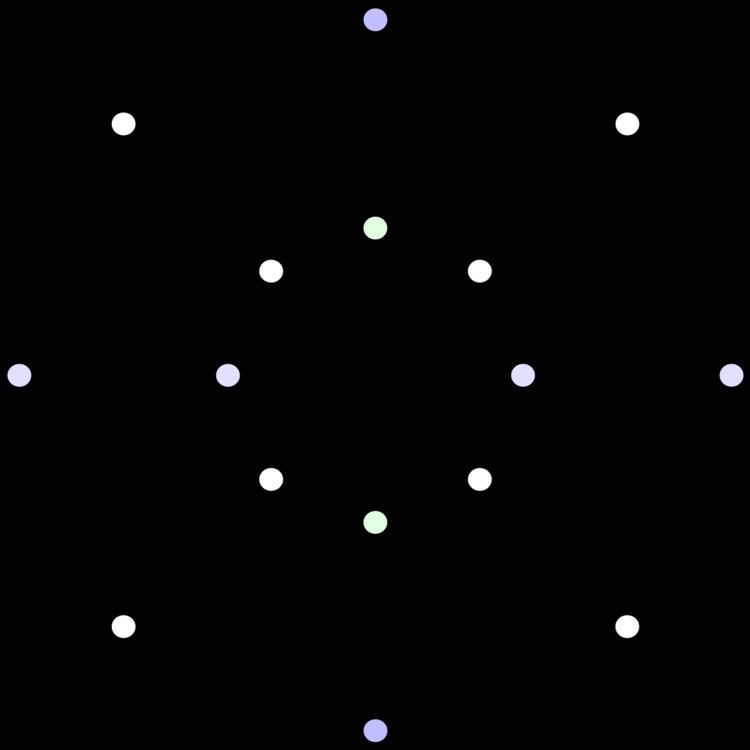 | ||
In mathematics, particularly in algebraic topology, the n-skeleton of a topological space X presented as a simplicial complex (resp. CW complex) refers to the subspace Xn that is the union of the simplices of X (resp. cells of X) of dimensions m ≤ n. In other words, given an inductive definition of a complex, the n-skeleton is obtained by stopping at the n-th step.
Contents
These subspaces increase with n. The 0-skeleton is a discrete space, and the 1-skeleton a topological graph. The skeletons of a space are used in obstruction theory, to construct spectral sequences by means of filtrations, and generally to make inductive arguments. They are particularly important when X has infinite dimension, in the sense that the Xn do not become constant as n → ∞.
In geometry
In geometry, a k-skeleton of n-polytope P (functionally represented as skelk(P)) consists of all i-polytope elements of dimension up to k.
For example:
skel0(cube) = 8 verticesskel1(cube) = 8 vertices, 12 edgesskel2(cube) = 8 vertices, 12 edges, 6 square facesFor simplicial sets
The above definition of the skeleton of a simplicial complex is a particular case of the notion of skeleton of a simplicial set. Briefly speaking, a simplicial set
More precisely, the restriction functor
has a left adjoint, denoted
Coskeleton
Moreover,
For example, the 0-skeleton of K is the constant simplicial set defined by
(The boundary and degeneracy morphisms are given by various projections and diagonal embeddings, respectively.)
The above constructions work for more general categories (instead of sets) as well, provided that the category has fiber products. The coskeleton is needed to define the concept of hypercovering in homotopical algebra and algebraic geometry.
